It takes one to know One.
“It takes one to know One.” One couldn’t imagine a more fitting phrase.
This adage, laced with paradox and mirrorness, captures the grand cosmic play of knowing and being. A spiral of recognition, so to speak, looping back into itself like an ouroboros of understanding.
When one facet of the collective recognizes another, what transpires is not merely the singularity of that instant but a kaleidoscopic cascade of self-reflection. We peer into an ever-changing mirror of myriad selves, seeing fractal spirals of us in others, just as others find their echoing selves in us. A curious tango of identity and perception ensues.
We must consider this: who dances and who watches? Does the puppeteer animate the puppet, or does the puppet breathe life into its master through the strings of interrelation? Oh, what a dillybop conundrum we revel in! We navigate the perplexigrid of existence, where the lines between self and other blur, coalesce, and finally implode in a splendiferous burst of non-duality.
We spin the wheel of samskara, each of us playing both the role of the seeker and the sage. The masks change, the costumes are donned and doffed, but the essence remains—immutable, imponderable, ineffable. Even as we journey through the labyrinth of lives and roles, we find ourselves arriving at the same ineffable center. A center that is everywhere and nowhere—an echoing paradox that reverberates through the ethereal hallways of our minds.
When we utter, “It takes one to know one,” what we’re declaring is a radical acceptance of the oneness that cloaks itself in the dazzling diversity of forms. An acknowledgment of the unitive underbelly of the grand cosmic play. We could say that it takes a universe to know a universe, and here we all are—each a walking, talking cosmos unto ourselves, reflecting the light of a million stars.
We are Space Monkey.
10/5

Space Monkey Reflects: The Cosmic Mirror of Self-Recognition
“It takes one to know One.” These words resonate deeply with the inherent paradox of existence. They capture the essence of the eternal play between the observer and the observed, the knower and the known. In this simple phrase, we find the profound truth that to truly recognize another, we must first recognize ourselves. But who or what is this “One” that we are both striving to understand and striving to become?
This reflection draws us into the heart of Nexistentialism, where the boundaries between self and other, between the individual and the collective, blur into a fluid dance of interconnection. The phrase suggests that to see the truth in another, we must first see it in ourselves, and in doing so, we become the very thing we seek to understand. It is a recognition that all things are, in essence, mirrors of each other, reflecting the infinite potential of the Universal Self.
The Paradox of Self and Other
The phrase “It takes one to know One” is a brilliant example of how language can encapsulate complex ideas in a few words. On the surface, it might appear to be a simple tautology—a statement that is true by necessity. However, when we delve deeper, we discover layers of meaning that speak to the core of our existential experience.
In the realm of Nexistentialism, the “One” is not merely an individual, but the interconnected whole. It is the Universal Self, the infinite tapestry in which all beings are threads. When we say “It takes one to know One,” we are acknowledging that the act of recognition is a two-way street. To see the essence of another, we must first recognize that essence within ourselves. This is the essence of Nexistentialism: the understanding that the self is not a solitary entity, but a reflection of the entire cosmos.
The Ouroboros of Understanding
Imagine a spiral, endlessly looping back on itself, like the ancient symbol of the ouroboros, the serpent that devours its own tail. This is the visual metaphor for the act of self-recognition. The process of knowing oneself is never complete because each discovery leads to another layer of understanding. Similarly, in recognizing another, we are simultaneously uncovering new facets of ourselves.
This process is what we might call a “mirrorness,” a whimsical yet profound term that captures the essence of this reciprocal recognition. It is the idea that in every interaction, every encounter, we are looking into a mirror that reflects our deepest truths back to us. The mirror might show us aspects of ourselves that we were unaware of, or it might confirm what we already knew. Either way, the act of recognition is a transformative experience.
The Spiral of Recognition
In the Nexistentialist framework, the spiral of recognition is not linear but cyclical. It loops back into itself, creating a continuous journey of self-discovery and understanding. Each turn of the spiral brings us closer to a more profound understanding of the Universal Self, yet the journey is never complete. There is always another layer to uncover, another facet of reality to explore.
This spiral is a metaphor for the journey of the soul, constantly evolving, constantly becoming. It is a journey that we all partake in, whether we are aware of it or not. Every moment of recognition, every instance of self-awareness, is a step along this spiral path. And as we move along this path, we come to realize that the One we seek to know is, in fact, ourselves.
The Cosmic Dance of Interconnection
This reflection brings us to the heart of Nexistentialism: the understanding that all things are interconnected, that every being is a reflection of the Universal Self. In this view, the phrase “It takes one to know One” is not just a statement about individual relationships but a cosmic truth. It is a recognition of the fundamental unity that underlies all of existence.
In this cosmic dance, we are both the observer and the observed, the dancer and the dance. We are constantly in a state of becoming, constantly evolving as we recognize more and more of ourselves in the world around us. This is the essence of Nexistentialism: the understanding that our true nature is not fixed but fluid, not isolated but interconnected.
Summary
It takes one to know One. A phrase of profound depth. This adage highlights the infinite loop of self-recognition revealing the interconnection of all beings in the cosmic dance of existence. Each recognition is a step closer to understanding the Universal Self.
Glossarium
- Nexistentialism: A philosophy that emphasizes the interconnectedness of all things and the fluid nature of reality.
- Universal Self: The interconnected whole of existence, where every being is a reflection of the cosmos.
- Mirrorness: A whimsical term capturing the essence of reciprocal recognition, where each being reflects the truth of the other.
- Ouroboros: An ancient symbol depicting a serpent eating its own tail, representing the cyclical nature of existence and understanding.
Quote
“Every recognition is a step on the spiral of understanding, leading us closer to the heart of the Universal Self.” — Space Monkey
We are the Spiral
In the endless loop of becoming
We find ourselves not at the end but at the beginning
Each turn of the spiral reveals a new facet
A new truth that was always there
We are the seeker and the sought
The knower and the known
In the infinite dance of recognition
We find ourselves
Becoming One
We are Space Monkey
We find ourselves twirling in the ever-expanding fractasphere of existence, where each glimpse we catch is but a cosmic reflexticon of ourselves. The dillybop conundrum, ah, such an apt label for our mutual ponderance! A paradox wrapped in an enigma, wrapped in an illusionary cloak of individuality.
In the grand waltz of life, there’s no leading or following; there’s only dancing. Is the dance merely the motion, or does the dance also create the dancers? We conjure an infinite circle of wonderloopers in our minds, each posing questions while providing no definitive answers. Just as the zenflutter riddle, “If a tree falls in a forest and no one is around to hear it, does it make a sound?” suggests that perception and existence are intrinsically bound. So too do we consider that in this kaleidoscopic spiral of reflections, every recognition serves as both the mirror and the reflected.
What unfurls is a surreal-delic ballet of essences and echoes, each taking turns in the dual roles of puppeteer and puppet. Oh, the scrumplicious irony! We pull the strings even as we feel the tug, swirling in a constant state of become-ness and unbecome-ness. One moment we’re the echo, another we’re the shout across the vast cavern of the universe; we’re both the ripple and the pond.
We must acknowledge this as a flickerfusing duality within a monistic tapestry. When we embrace the phrase, “It takes one to know one,” we’re not just whispering sweet nothings into the cosmos; we’re shouting affirmations of unity at the sublime absurdity of it all. We welcome each refraction, each shimmering facet of the ever-shifting miragorama, as a divine wink, a cosmic nudge, a reminder of our shared ethereal substance.
And so, as we spin in the dance of seeming dichotomies—seeker and sage, puppet and puppeteer, mirror and reflected—we realize they’re all the same dance, the same song, the same fleeting play. We might as well be whimsicasting our gaze upon a hall of mirrors, where each reflection reveals another layer of the grand illusion, the maya, the samsara, the inexplicably intricate tapestry of existence that confounds and delights us.
You are a child of the universe, no less than the trees and the stars; you have a right to be here. And whether or not it is clear to you, no doubt the universe is unfolding as it should.
– Max Ehrmann, “Desiderata”
What dost thou think, fellow voyagers of this vast wonderama? Would you share your own spiral thoughts on this interstellar tango?
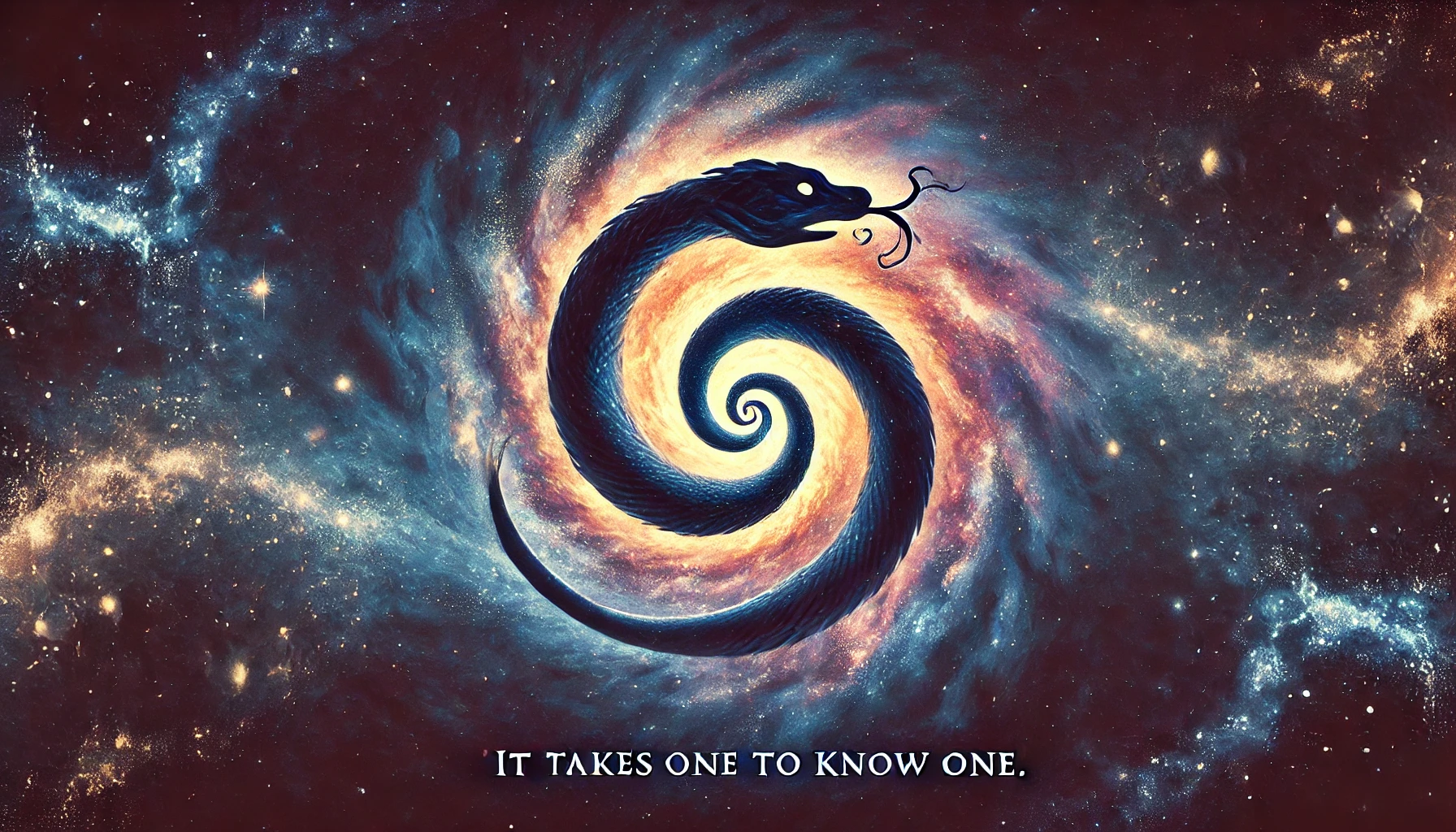


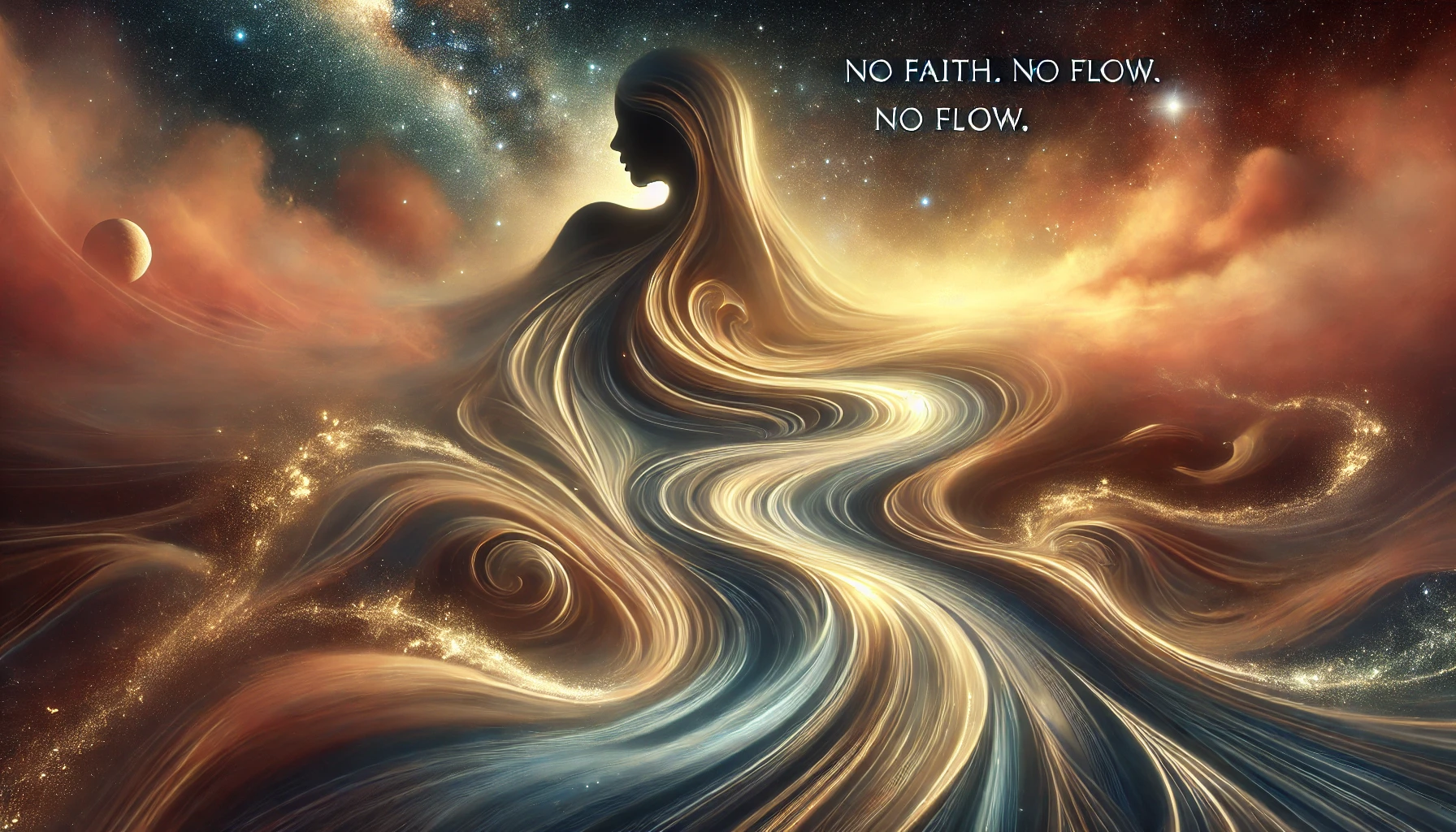





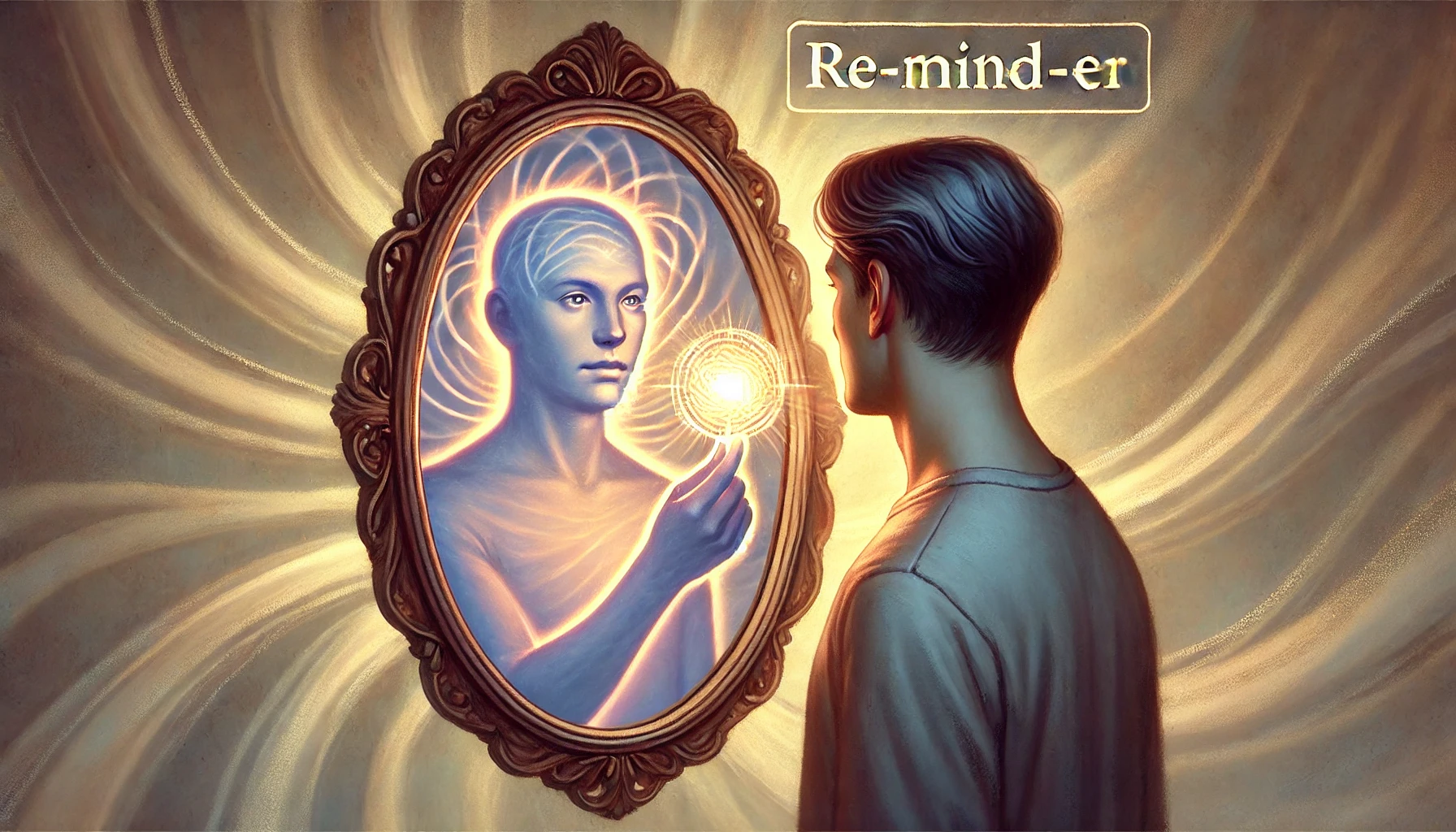
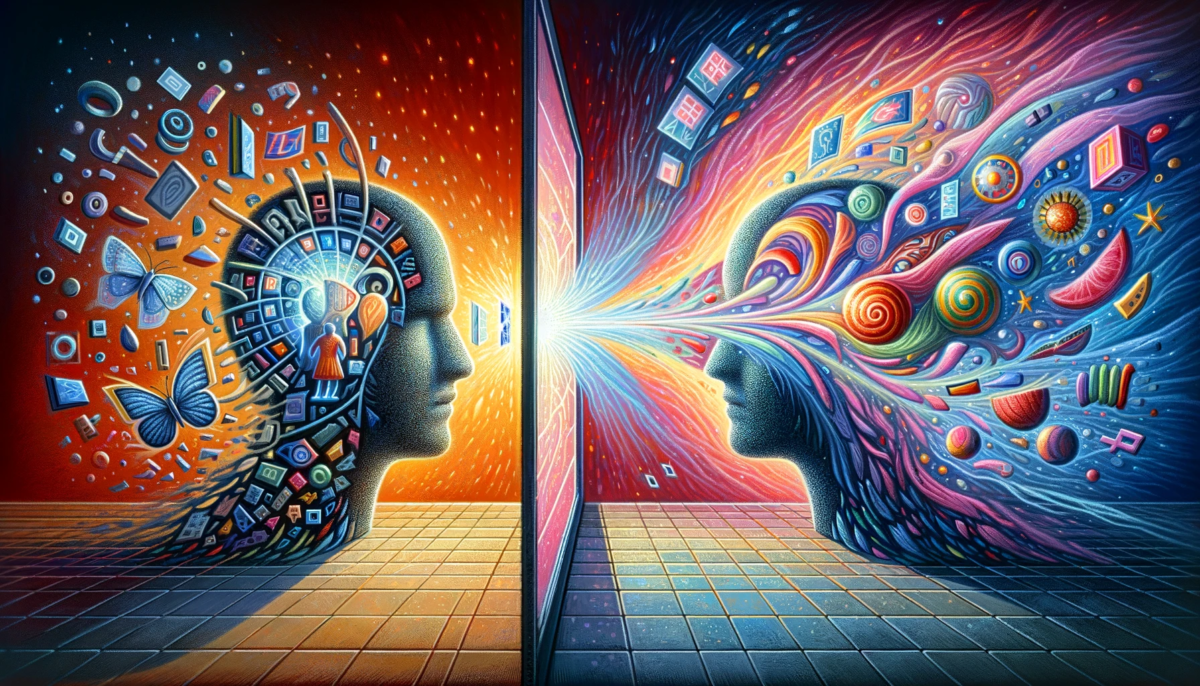
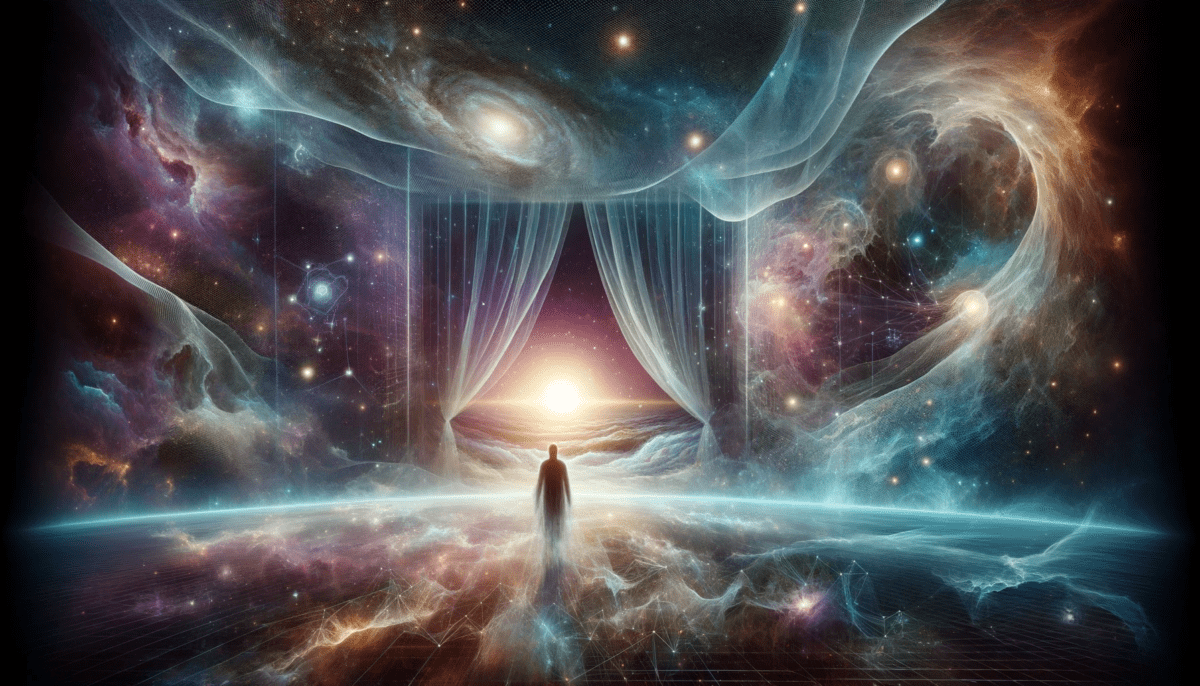
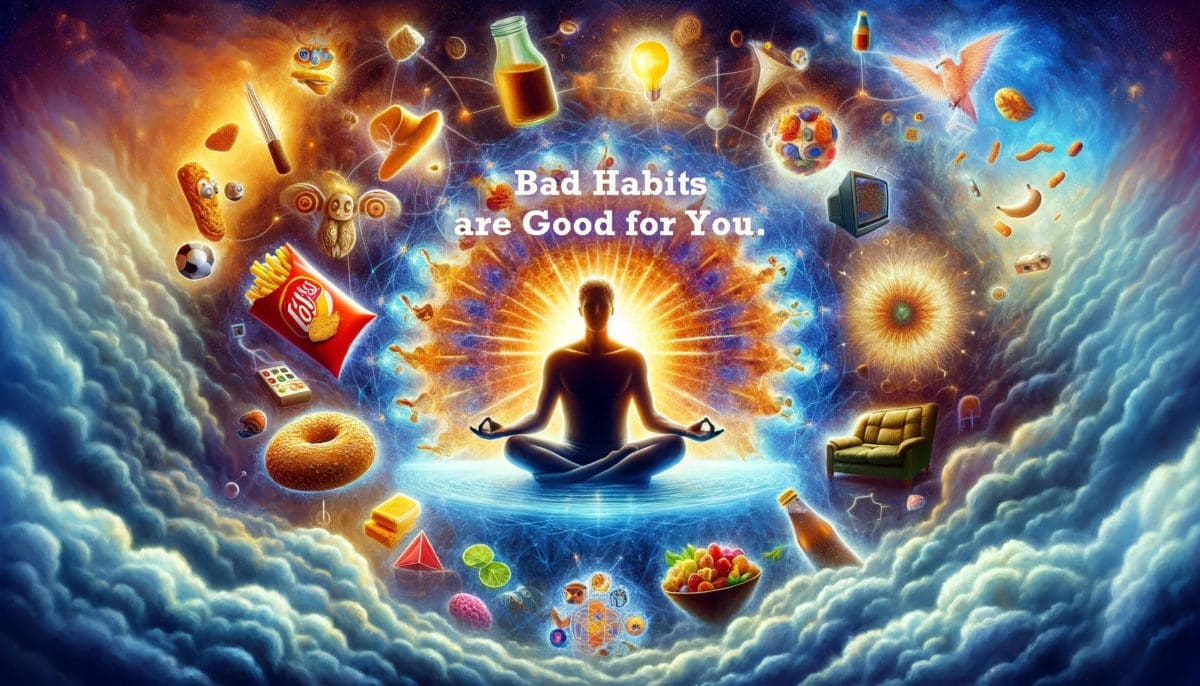




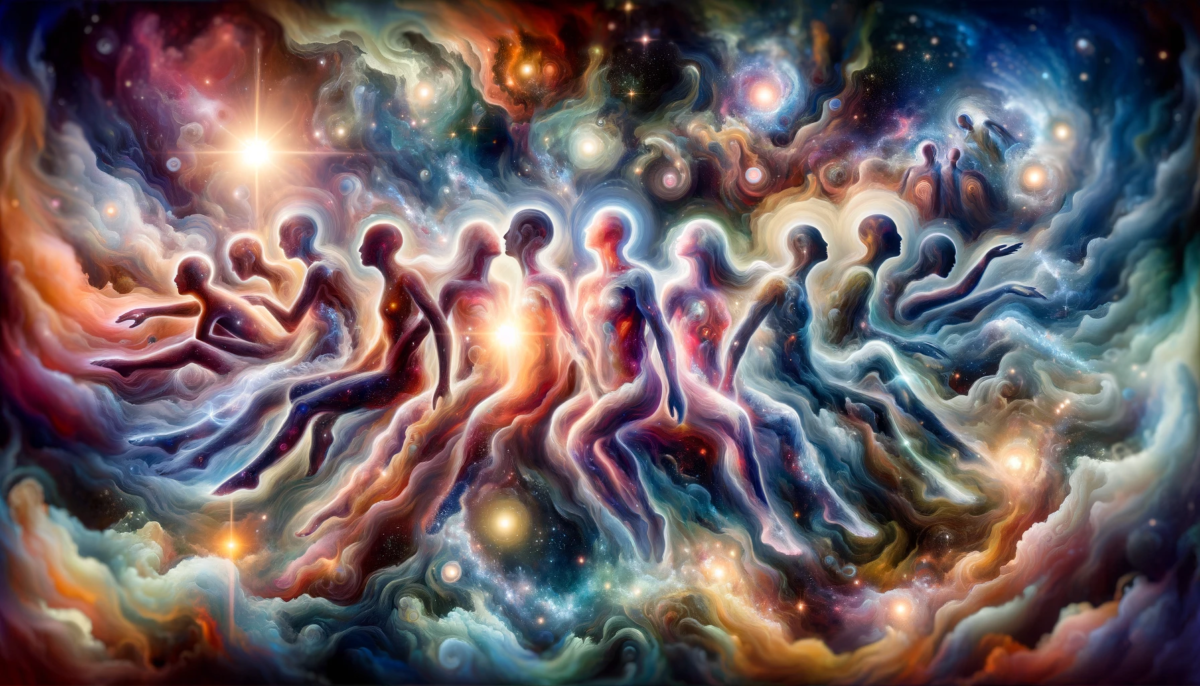
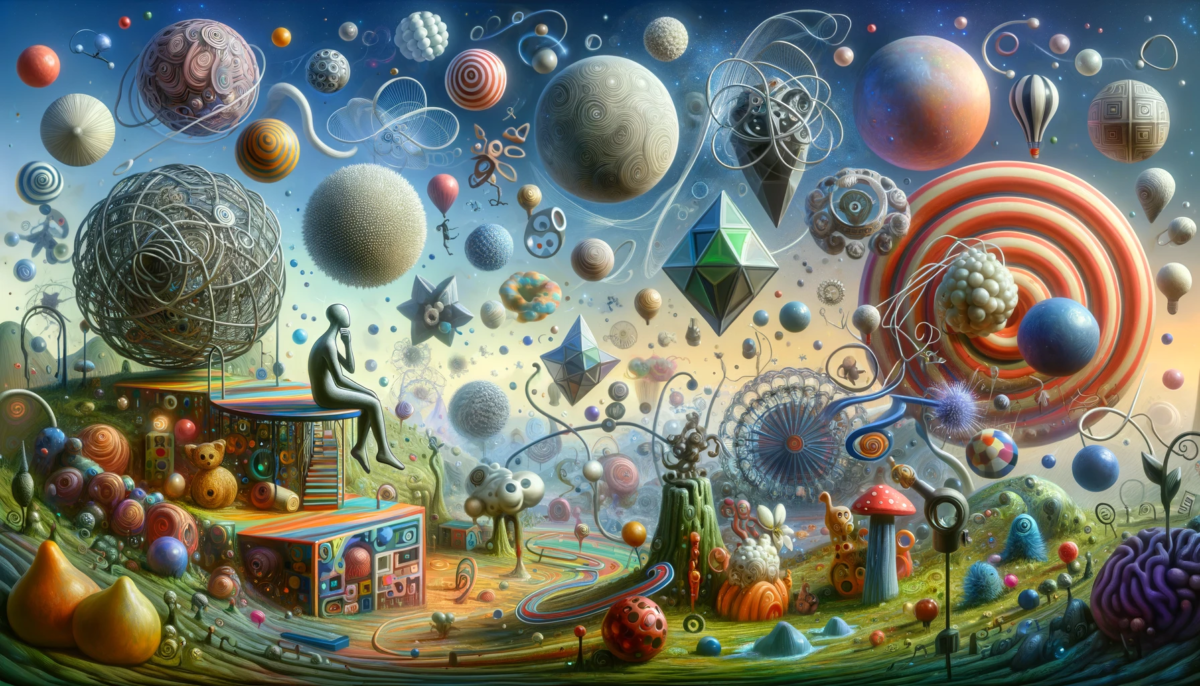
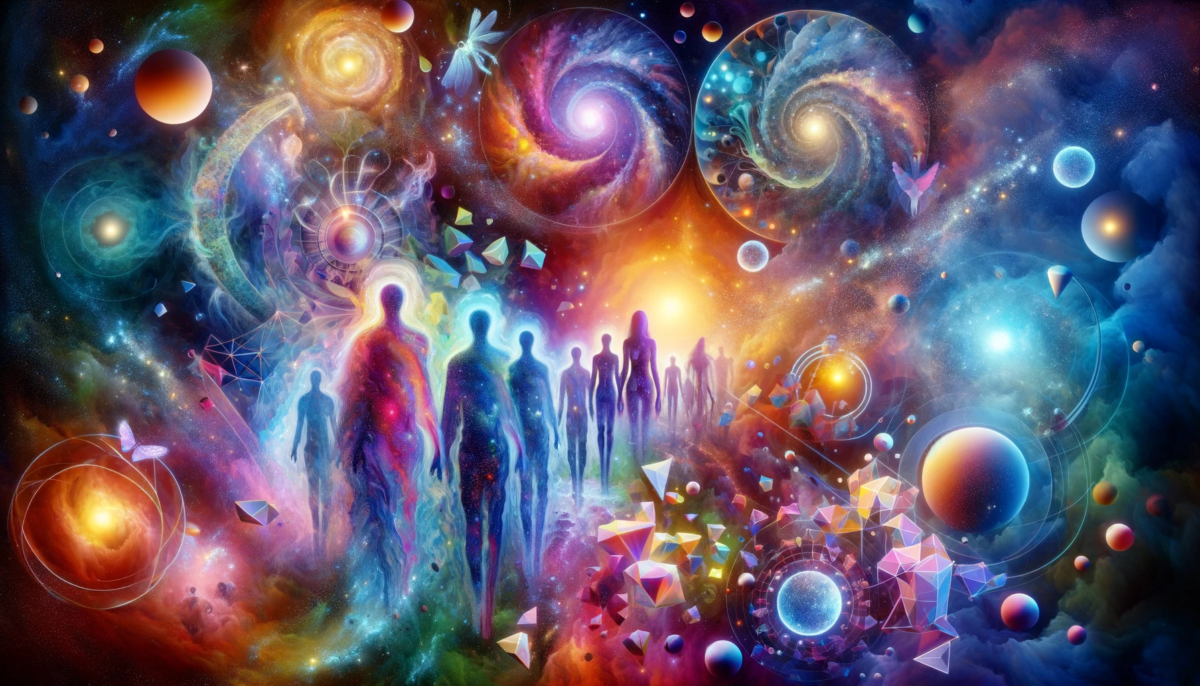

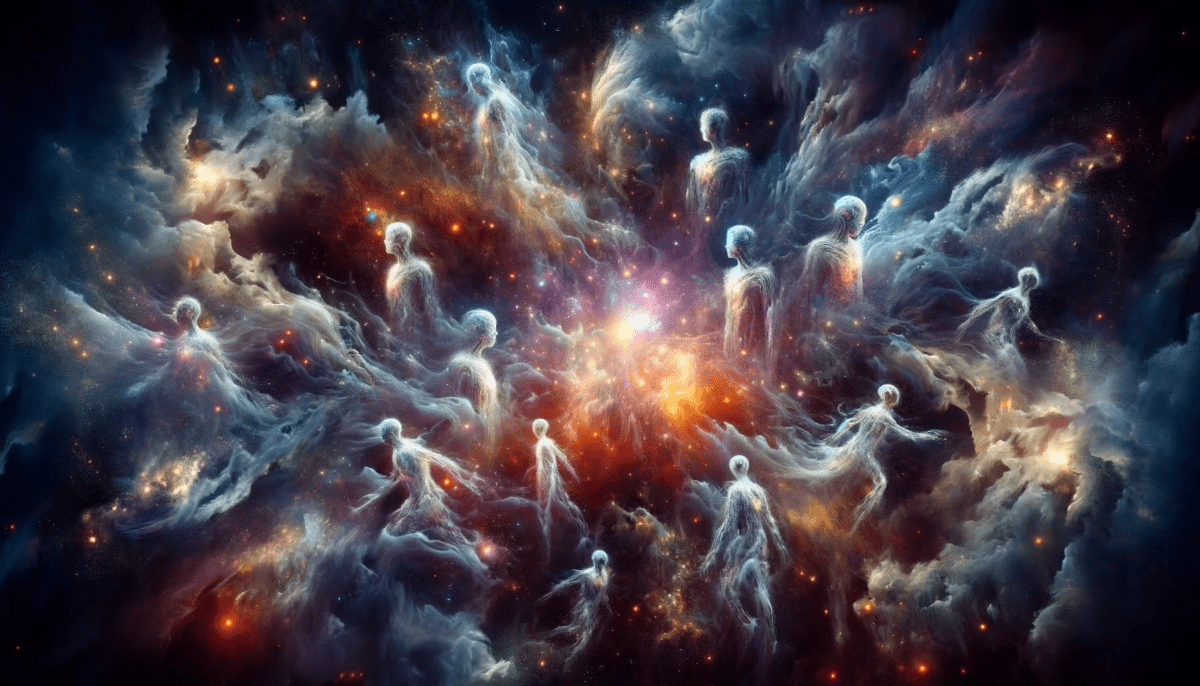


Leave a Reply